Most Popular
Well-curated
[Well-curated] Discover Korea’s first Western-style painter at his home-turned-museum
By Korea HeraldPublished : Feb. 18, 2022 - 09:00
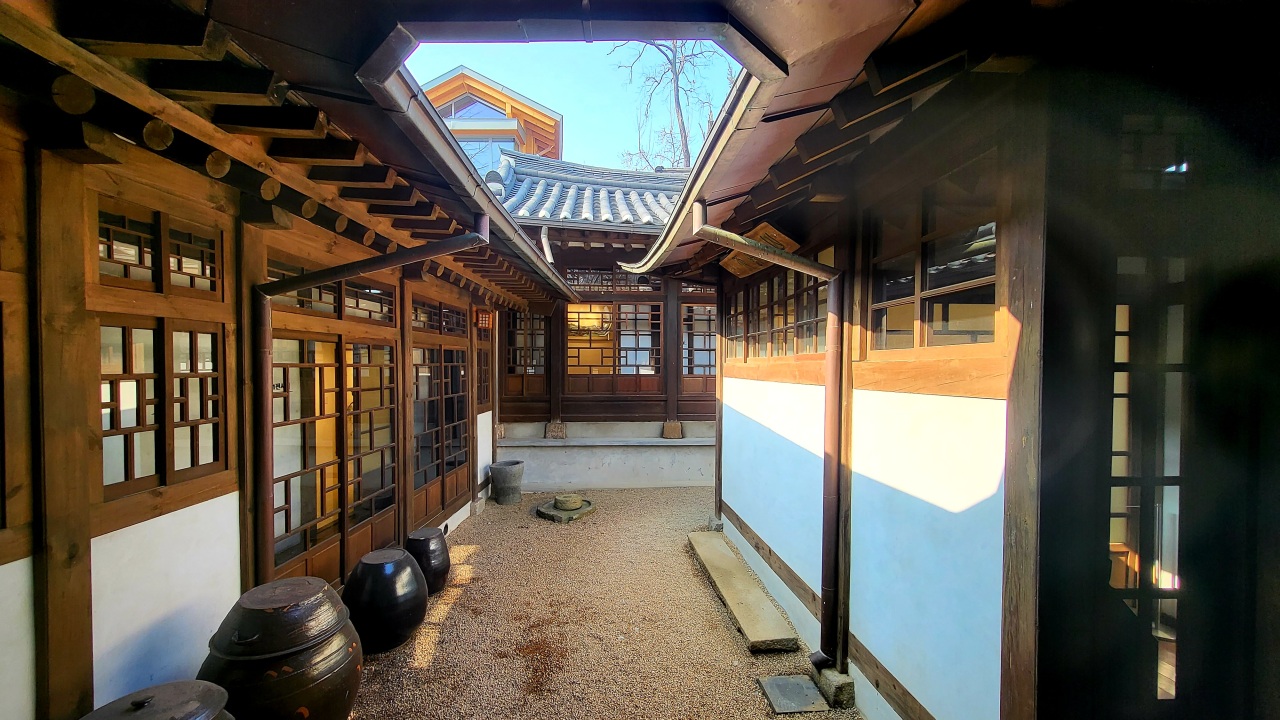
Ko Huidong Art Museum, located west of Changdeokgung and a 14-minute walk from Anguk Station, is the home of artist Ko Hui-dong, Korea’s first Western-style painter.
Surrounded by low-rise housing and hanok, the museum gives off a serene and peaceful vibe.
Ko Hui-dong (1886-1965), also known by his penname Chungok, is recorded as the first Korean painter to adopt Western-style painting.
Surrounded by low-rise housing and hanok, the museum gives off a serene and peaceful vibe.
Ko Hui-dong (1886-1965), also known by his penname Chungok, is recorded as the first Korean painter to adopt Western-style painting.
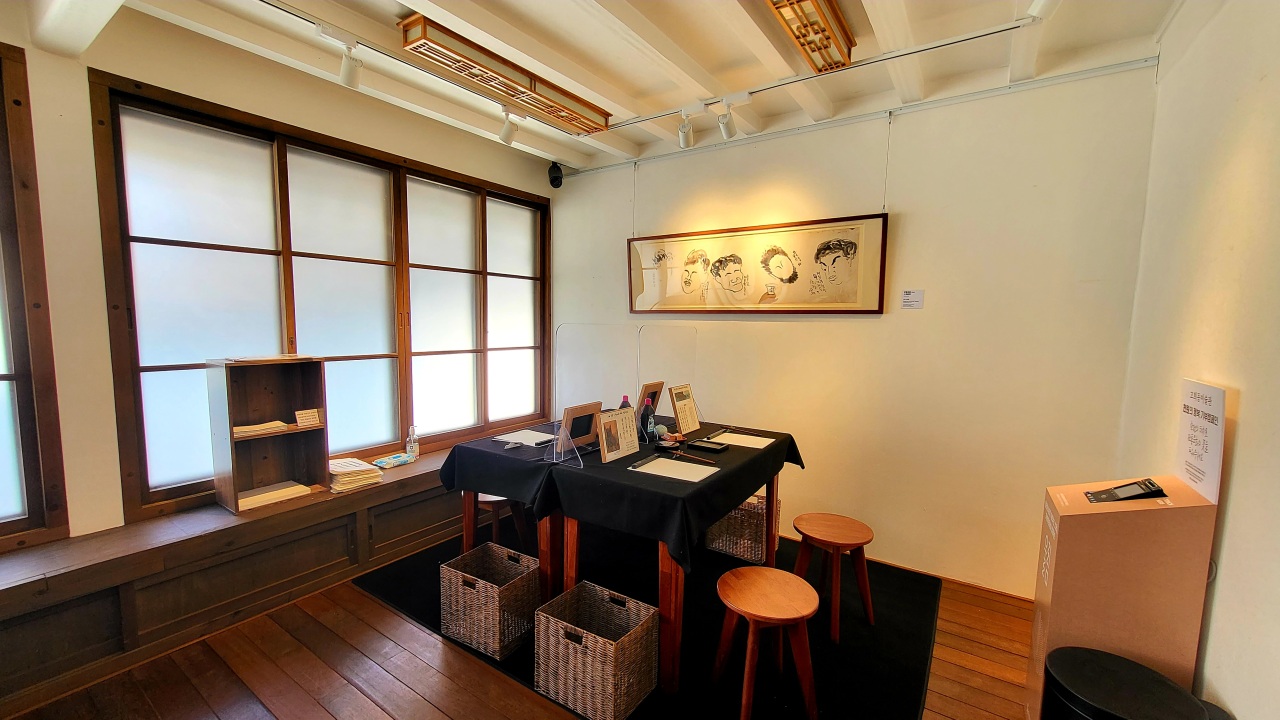
Ko studied French at Hansung French School, influenced by his interpreter father. After becoming a government official of the Korean Empire in 1904, he was granted an opportunity to study overseas. He chose to learn painting at the Tokyo Fine Arts School, and actively employed the Western style in paintings until the latter half of 1920, when he began painting in Korean style.
Ko designed the house in 1918. A blend of traditional Korean and Japanese styles, a narrow corridor links to each room. The rooms display Ko’s works in sequential order, including his self-portraits. At a separate studio located near the “sarangchae,” or master’s quarter, visitors can join simple painting and coloring sessions. Ko lived in the house for 41 years.
Valued as the birthplace of Ko’s various works and a gathering place for fellow artists, the house was registered as Cultural Property in 2004.
Ko designed the house in 1918. A blend of traditional Korean and Japanese styles, a narrow corridor links to each room. The rooms display Ko’s works in sequential order, including his self-portraits. At a separate studio located near the “sarangchae,” or master’s quarter, visitors can join simple painting and coloring sessions. Ko lived in the house for 41 years.
Valued as the birthplace of Ko’s various works and a gathering place for fellow artists, the house was registered as Cultural Property in 2004.
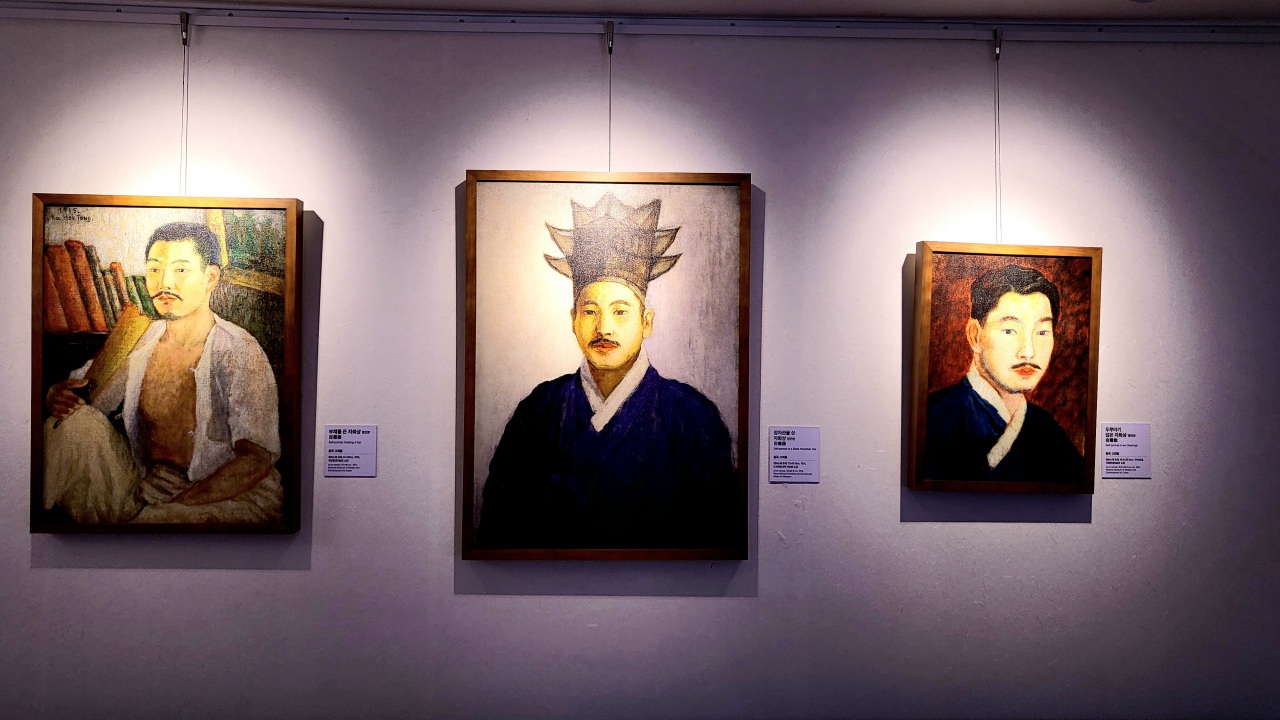
Admission is free and visiting hours are from 10 a.m. to 6 p.m., Tuesday to Sunday.
Architect Seung Hyo-sang’s sketches
If you want to get a glimpse into how Korea’s famous architect Seung Hyo-sang, or Seung H-Sang, has practiced his philosophy “Beauty of Poverty” -- also the title of his book published in 1996 -- the exhibition “SOULSCAPE” is a chance to see his sketches that reveal his work process.
Architect Seung Hyo-sang’s sketches
If you want to get a glimpse into how Korea’s famous architect Seung Hyo-sang, or Seung H-Sang, has practiced his philosophy “Beauty of Poverty” -- also the title of his book published in 1996 -- the exhibition “SOULSCAPE” is a chance to see his sketches that reveal his work process.
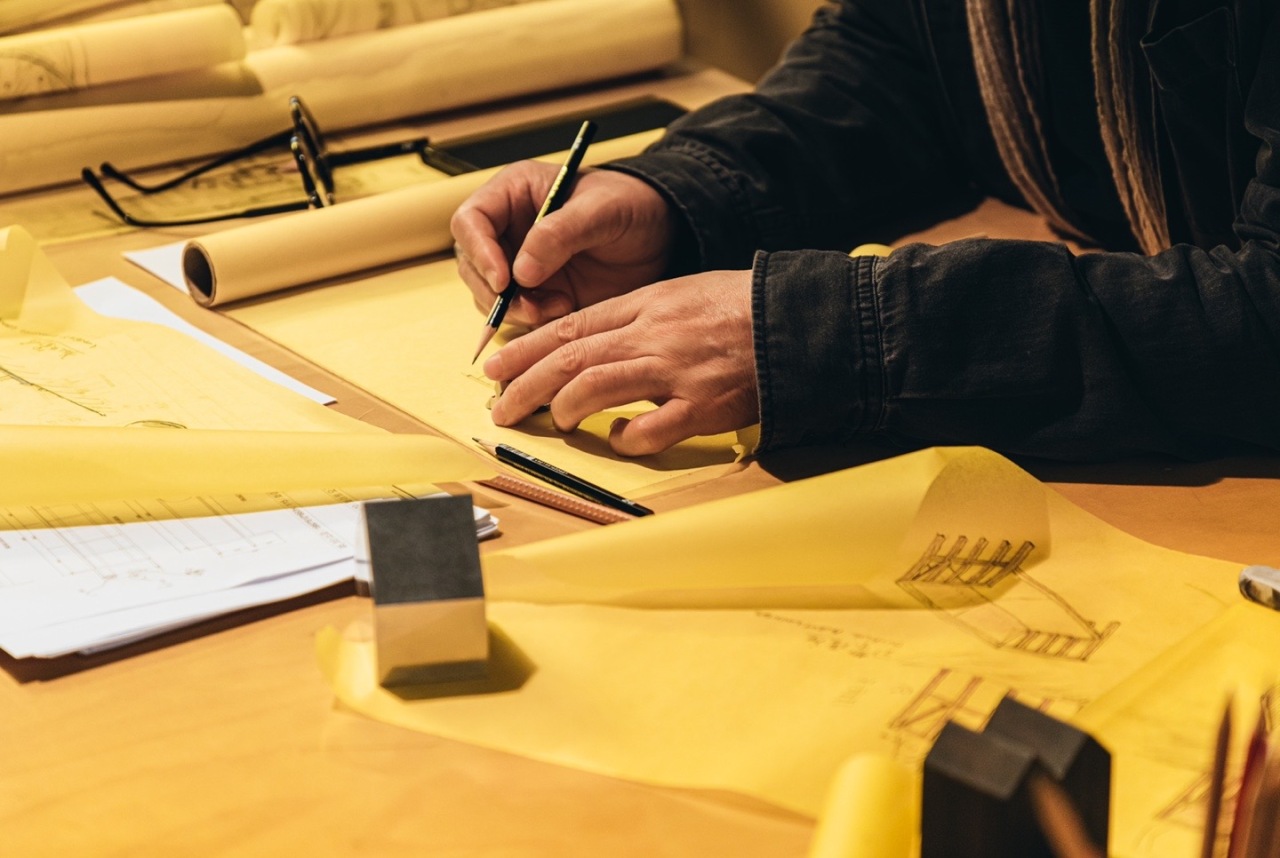
The exhibition at Gallery 508 features sketches which became the cornerstone of the works he has designed over the past 10 years as well as architecture models. The show features 12 projects he has been involved in -- most of the projects are commemorative halls, religious facilities and cultural facilities.
Seung’s architectural philosophy of valuing “poverty” was striking in Korea’s contemporary architecture history. It was an unfamiliar value as the country was undertaking rapid and haphazard developments projects.
The architect founded Iroje Architects & Planners in 1989 after working for Kim Swoo-geun, best known of the first generation of Korean architects. He also served as the Seoul Metropolitan Government’s first city architect from 2014 to 2016.
Seung’s architectural philosophy of valuing “poverty” was striking in Korea’s contemporary architecture history. It was an unfamiliar value as the country was undertaking rapid and haphazard developments projects.
The architect founded Iroje Architects & Planners in 1989 after working for Kim Swoo-geun, best known of the first generation of Korean architects. He also served as the Seoul Metropolitan Government’s first city architect from 2014 to 2016.
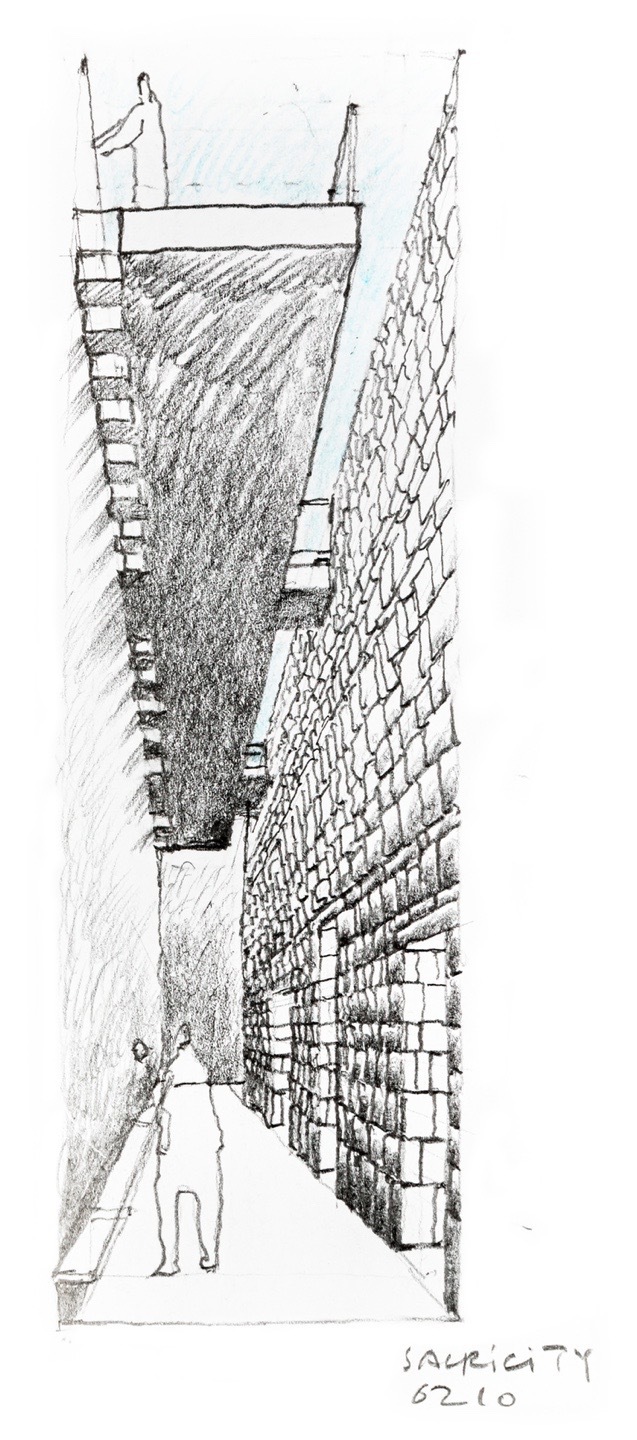
Seung’s representative works include Sian Memorial Park and Toechon House in Gyeonggi Province, the Je Jung-gu Community Center in South Gyeongsang Province and Sujoldang -- which literally means “humble house” -- in Seoul.
The exhibition at Gallery 508 in Gangnam-gu, southern Seoul, will run through March 12. The gallery is closed on Sundays and Mondays.
Outdoor activities at Ttukseom Hangang Park
The exhibition at Gallery 508 in Gangnam-gu, southern Seoul, will run through March 12. The gallery is closed on Sundays and Mondays.
Outdoor activities at Ttukseom Hangang Park
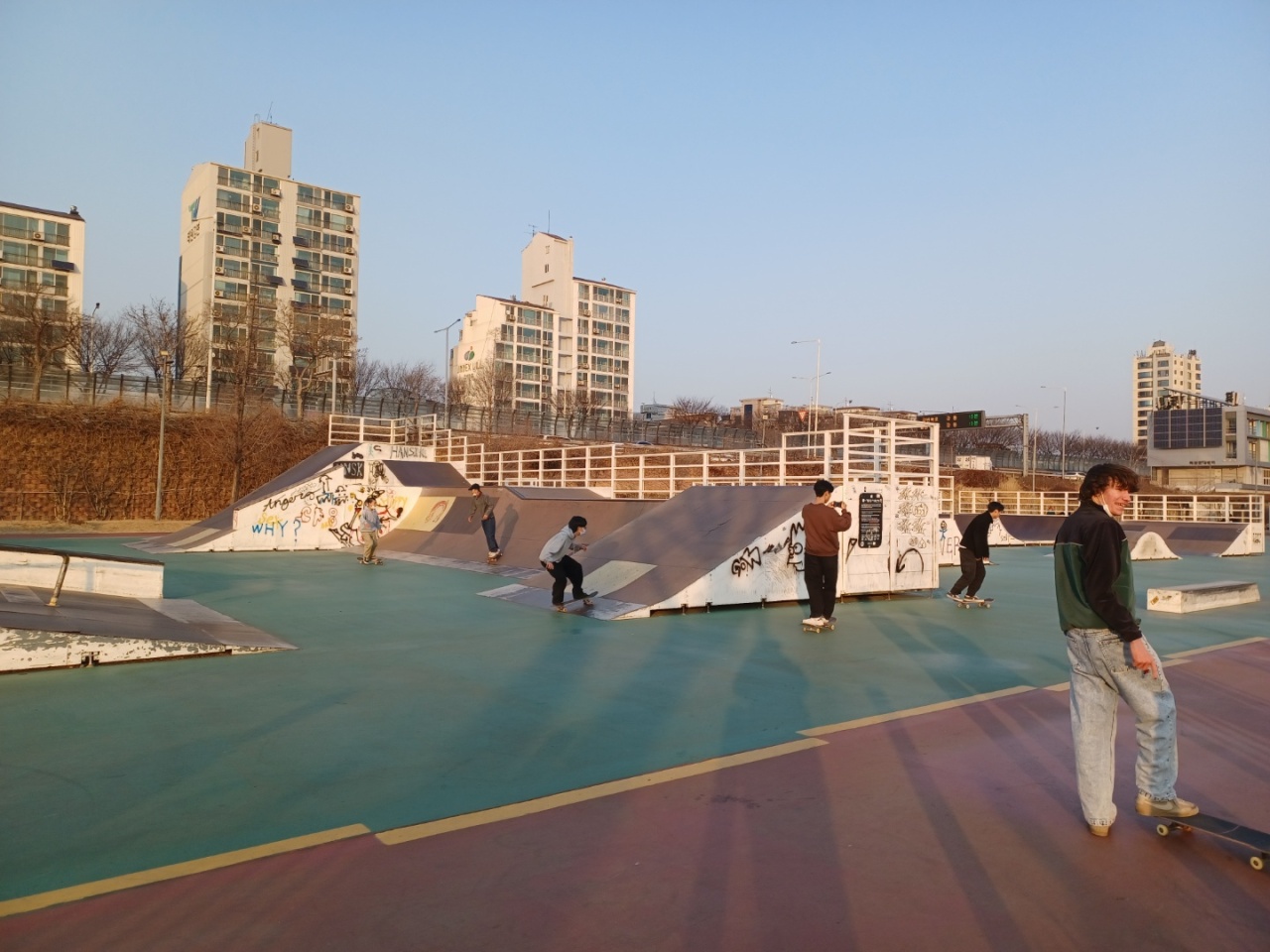
Venture outdoors to Ttukseom Hangang Park this coming weekend.
The Ttukseom Hangang Park in Gwangjin-gu, eastern Seoul, has various sports facilities, including soccer fields, basketball, badminton courts and more.
But X-Game Center and Kanggahaetsal Children’s Playground are what make Ttukseom Hangang Park more special.
After a five-to-seven-minute walk from Ttukseom Resort Station Exit 2 on Subway Line No. 7, the sight of soft sand signals the presence of a children’s playground. Many kids can be seen strolling around the playground with their parents and taking a short break on the benches.
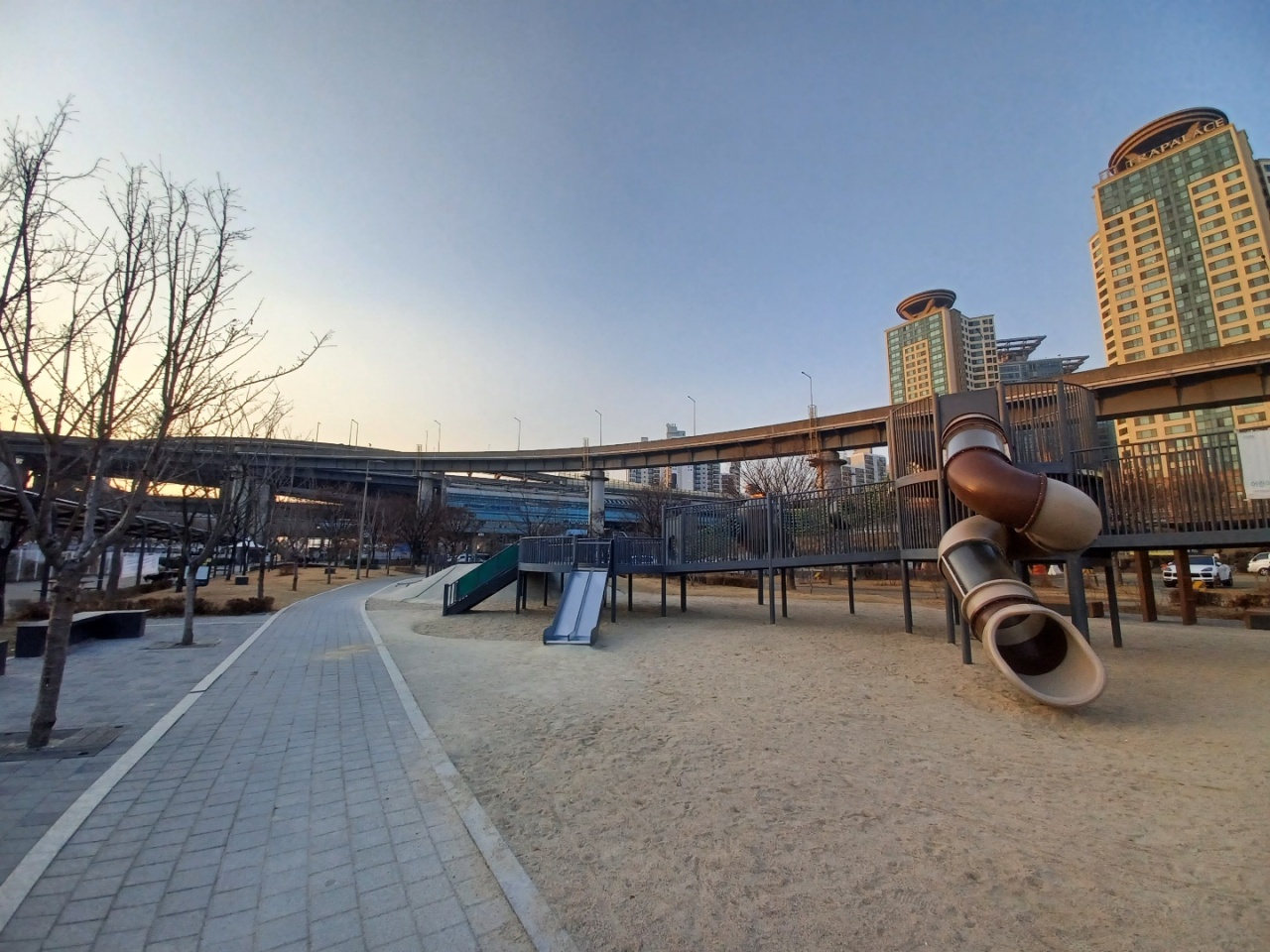
With the tiled pavement along the Hangang River next to the playground, the park is a perfect place for a walk for both children and adults.
An additional two-minute walk in the direction of Gangbyeon Station on Subway Line No. 2 is the X-Game Center for street skateboarders.
Filled with halfpipes of different sizes, small pipes and metal stairs, the X-Game Center is one of only three outdoor skateboard parks in Seoul.
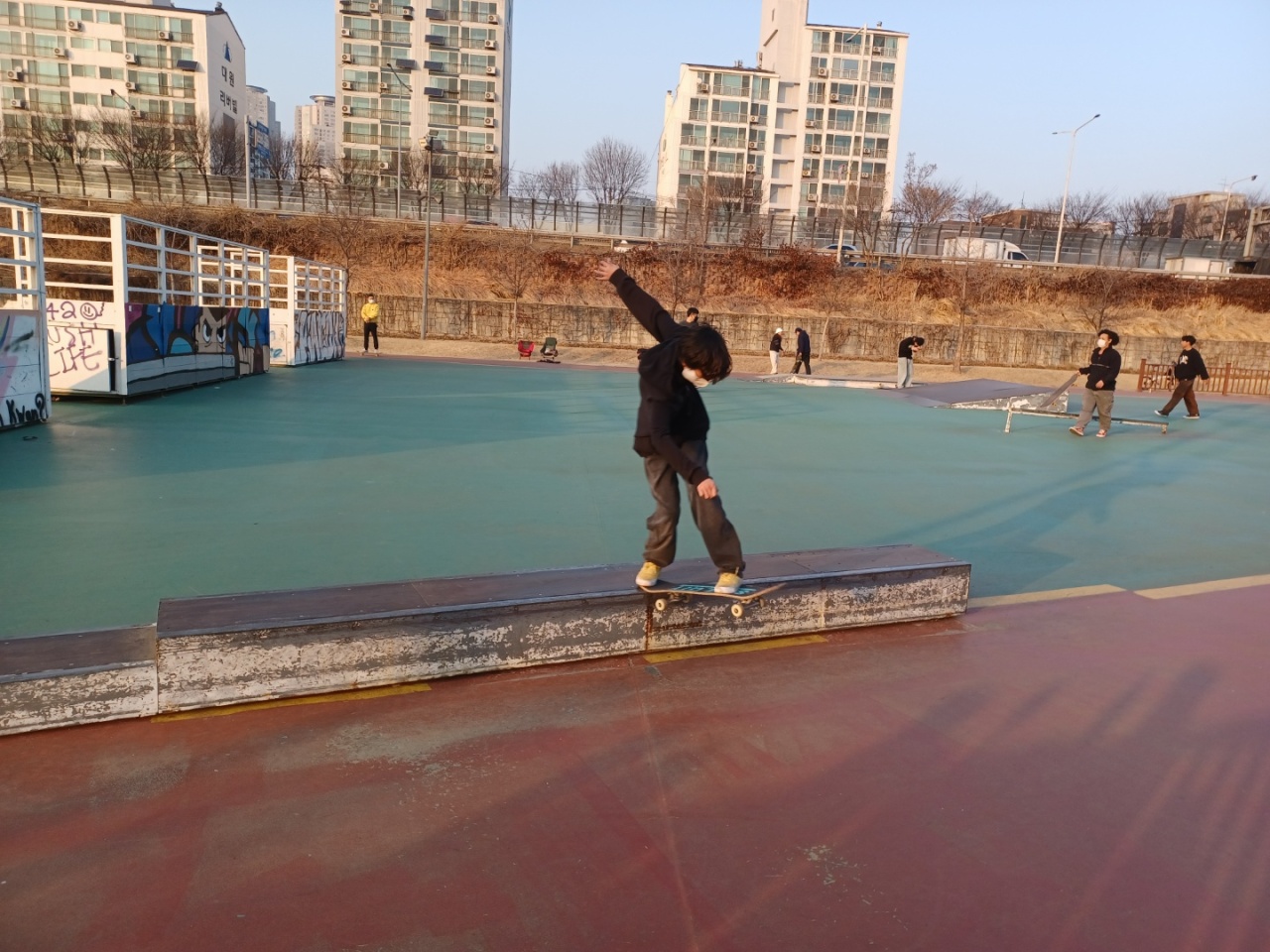
Though it is widely known as a skateboard park, inline skaters and BMX bike riders are welcome as well.
You might see passionate extreme sports crews shooting a video for their Instagram or YouTube channels.
There is no admission charge for the park or the facilities.
Four different parking lots, which charges 200 won every 10 minutes after the first 30 minutes at 1,000 won, are available near the park.
(hykim@heraldcorp.com)
(yunapark@heraldcorp.com)
(sj_lee@heraldcorp.com)
-
Articles by Korea Herald








![[KH Explains] Hyundai's full hybrid edge to pay off amid slow transition to pure EVs](http://res.heraldm.com/phpwas/restmb_idxmake.php?idx=644&simg=/content/image/2024/04/18/20240418050645_0.jpg&u=20240419100350)




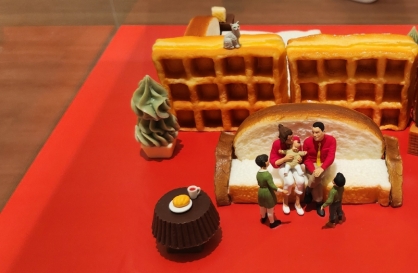
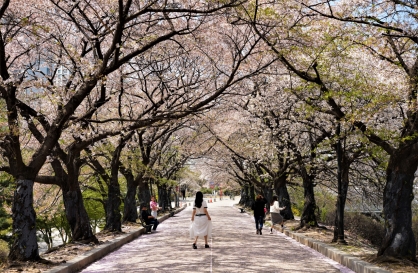
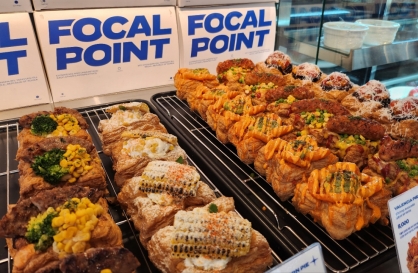
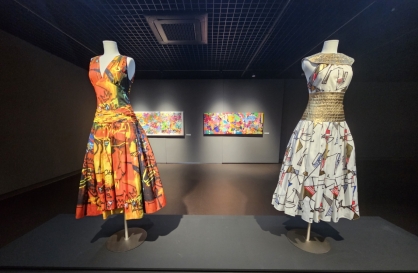
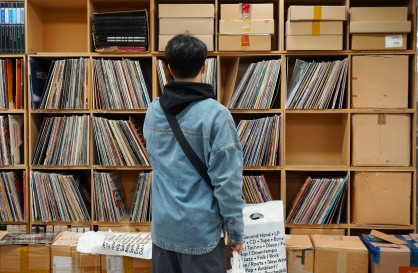



![[From the Scene] Monks, Buddhists hail return of remains of Buddhas](http://res.heraldm.com/phpwas/restmb_idxmake.php?idx=652&simg=/content/image/2024/04/19/20240419050617_0.jpg&u=20240419175937)

![[KH Explains] Hyundai's full hybrid edge to pay off amid slow transition to pure EVs](http://res.heraldm.com/phpwas/restmb_idxmake.php?idx=652&simg=/content/image/2024/04/18/20240418050645_0.jpg&u=20240419100350)

![[Today’s K-pop] Illit drops debut single remix](http://res.heraldm.com/phpwas/restmb_idxmake.php?idx=642&simg=/content/image/2024/04/19/20240419050612_0.jpg&u=)